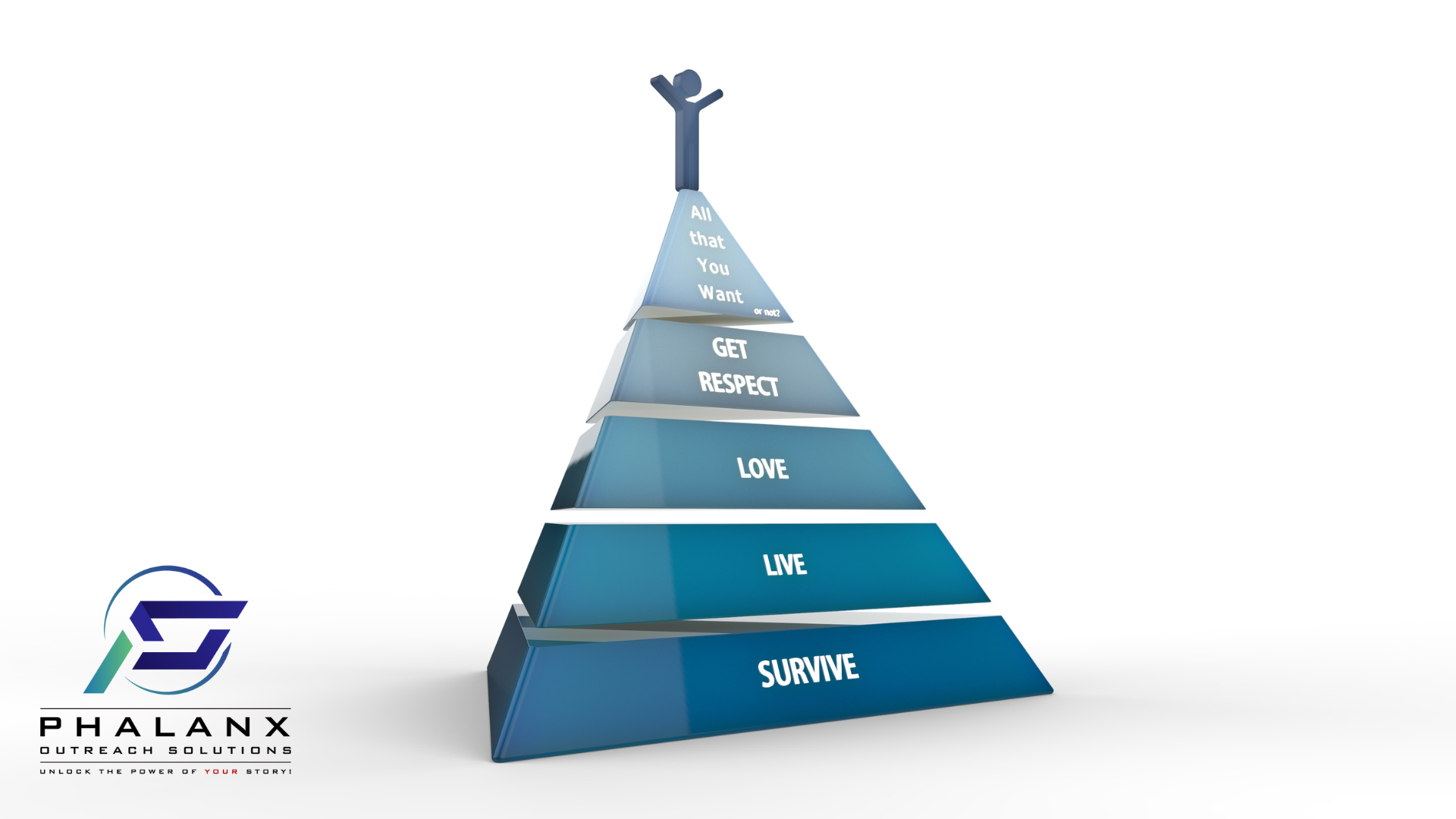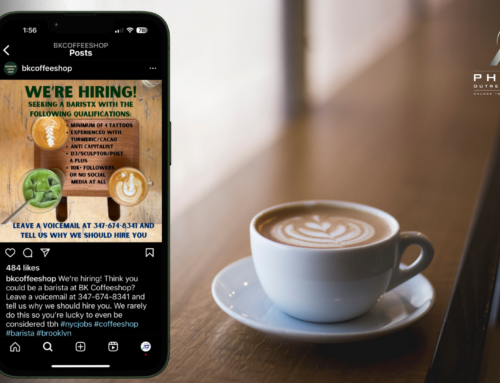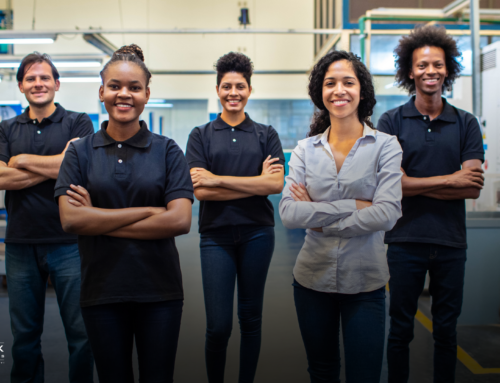In today’s world, the old-school gatekeepers of info and opportunity are stepping aside, making way for a new era where the power is squarely in the hands of the people. It’s a game-changer for workforce development boards, offering a golden chance to shake up their outreach game. How? By tapping into Abraham Maslow’s famous Hierarchy of Needs, they can create connections with their communities that are deeper and way more meaningful.
It’s All About Tribes
We humans are all about finding our tribe. Whether it’s rooting for a sports team, swearing by a certain car brand, or having a go-to coffee spot, we naturally group ourselves with those who share our values and interests. This tribal mindset doesn’t stop at our hobbies or preferences; it extends into our professional lives too. From techies to plumbers, each of us takes pride in our work identity, showcasing the rich diversity within professions that workforce development needs to engage with precision and understanding. Leveraging Maslow’s hierarchy lets workforce boards connect genuinely with these existing tribes and even help spawn new ones.
Maslow’s Hierarchy at Work
Maslow’s theory, which layers human needs from the basic (think safety and security) to the ultimate goal of self-actualization, is a brilliant roadmap for understanding what pulls us towards our tribes. For workforce development, this means crafting messages and programs that speak directly to these needs. It’s about ensuring that the outreach not only promises job stability and safe work environments but also fosters a sense of belonging, value, and connection among professionals sharing similar goals.
As we climb up Maslow’s ladder, the focus shifts to esteem and self-actualization—encouraging personal growth, learning opportunities, and the pursuit of one’s full potential. Workforce boards can light the way by showcasing success stories and creating platforms for advancement, underlining the tribe’s role in championing each member’s growth and achievement.
Making It Real
Incorporating Maslow’s insights, workforce development boards can craft outreach that hits home, ensuring they resonate deeply with their audience’s layered needs and aspirations. It’s about more than just filling job slots; it’s fostering a sense of unity and purpose that deeply connects with individuals, urging them to actively participate in their professional communities.
For instance, outreach could vary from highlighting the esteem and self-actualization benefits to employers, stressing the security and belonging aspects to job seekers, and underscoring the mutual benefits of collaboration with community partners. At every level, the key is to be genuine.
Authenticity Wins
In a landscape where traditional barriers are disappearing, authenticity is king. It’s what builds trust and loyalty. Workforce boards need to be real, creating a two-way conversation that goes beyond transactional interactions to genuine connections. This means showing up as your true self, focusing on creating real value, and recognizing the diverse tribes people belong to—from tech aficionados to coffee connoisseurs.
To put this into practice, workforce development boards could share human success stories, highlighting real-world applications of their work and its positive impacts on individuals’ lives. It’s about more than just statistics and numbers; it’s the personal stories that resonate most deeply. Showcasing these narratives not only demonstrates impact but also humanizes the organization, making it relatable and trustworthy. This isn’t about trying to be everything to everyone but about being focused, values-driven, and understanding of the specific needs and aspirations of the community.
Building Your Tribe
Recognizing you’re in the tribe-building business is crucial. It’s not about geographic or demographic lines but shared values, goals, and aspirations. Whether it’s through targeted communication, educational initiatives, partnering with local organizations, or fostering interactive communities, the aim is to be an authentic, valuable part of your community’s tribe. This not only enhances outreach effectiveness but also creates a strong sense of belonging and support among members.
Outreach strategies and tactics to build this tribe include:
- Tailored Communication: Use targeted messaging that speaks directly to the varied interests and needs within your community. Whether it’s through social media, email campaigns, or community events, ensure your communication reflects the diverse voices and experiences of those you aim to reach.
- Engagement Through Education: Offer workshops, webinars, and resources that not only educate but also empower your audience. Topics can range from skill development to industry insights, all tailored to help individuals advance in their careers or personal goals.
- Partnerships with Local Organizations: Collaborate with other organizations, businesses, and educational institutions within your community. These partnerships can extend your reach and provide additional value to your audience through a broader range of services and resources.
- Interactive Platforms: Create spaces, both virtual and physical, where your community can interact, share experiences, and support one another. Whether it’s through online forums or local meetups, these platforms can strengthen the sense of belonging and community.
- Feedback Loops: Encourage and actively seek feedback from your community. Understanding their evolving needs and perceptions can guide your outreach efforts and ensure they remain relevant and impactful.
By embracing these strategies, workforce development boards can solidify their position as authentic, valuable members of their community’s tribe. It’s not just about what you can offer but how you connect and resonate with your audience on a personal level. Through authenticity, creativity, and a clear focus on delivering real value, you’ll not only grow your audience but also foster a vibrant, supportive community that thrives on mutual success and shared goals.
In a nutshell, the shift towards people power opens up incredible opportunities for workforce development boards. By embracing Maslow’s hierarchy, understanding the tribal nature of society, and prioritizing genuine connections, they can achieve meaningful, lasting engagement. It’s about being part of the tribe, not just serving it.






